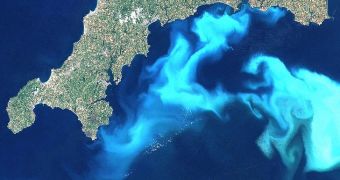The US National Oceanic and Atmospheric Administration (NOAA) just awarded a series of grant funds to research teams, for the installation of scientific instrument suites in the Gulf of Maine. The instruments will keep track of algal blooms in the area, and also predict when such events might occur.
According to statistics, the shellfish industry in the area has suffered tremendous losses over the past few years, due to the massive algal blooms and red tides that occurred there. About 97 percent of the state’s shellfish beds and 100 percent of the offshore beds in federal waters were shut down in 2009.
This “proves that we in Congress must do all we can to provide the necessary resources to ensure our hardworking harvesters are able to safely access this important fishery,” says Senator Olympia Snowe of Maine.
The new grants are worth $1,665,056, NOAA reports. They are enough to “support preparatory resources by enhancing our nation’s ability to predict, monitor, and ultimately control harmful algal blooms and hypoxia,” Snowe explains.

 14 DAY TRIAL //
14 DAY TRIAL //